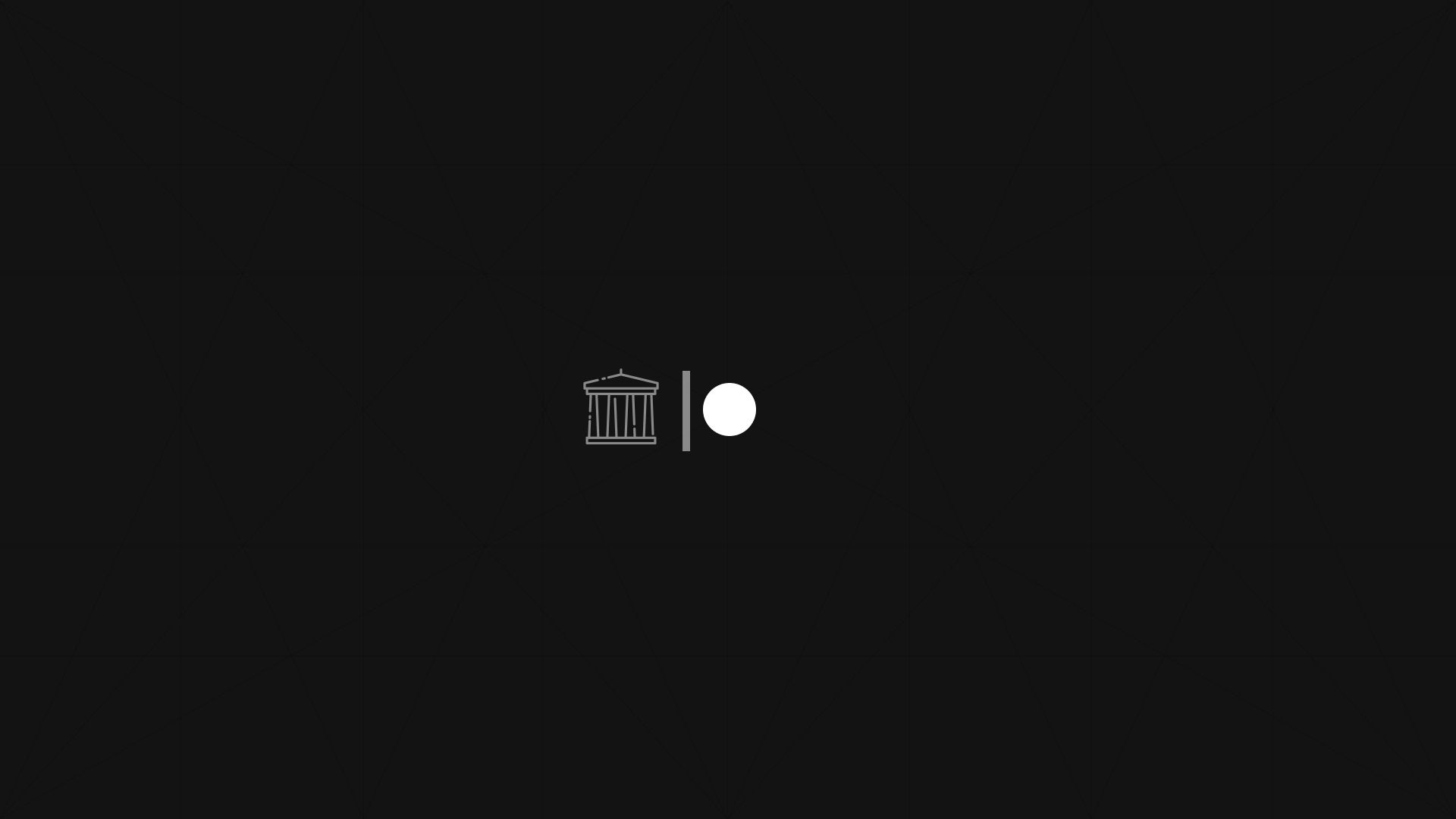Meeting the Future

— Marilyn Jacobson, Turning the Pyramid Upside Down
Meeting the future
A lot changed in 2020, and a lot has already changed in 2021 and beyond. We all know that a lot more change is on the way.
We live in a time when what was done yesterday seems like ancient history — more and more every day.
Meanwhile, many of us need to get more done with fewer resources while taking on more challenging work, making everyone’s contribution more critical than ever.
How do we get out of our comfort zone, overcome challenges, and be more innovative?
In a world in a state of constant whitewater and increasing complexity and disruption, we need to expand the way we evolve the status quo.
Managing change, best practices, and working harder or smarter is no longer enough. We must learn to interact with each other with an open mind and discover whatever is there for us to see.
Rather than listening for the correct answers, we need to enhance our ability to see what’s real and be free to act on it.
When we’re relying on past knowledge, best practices, and more activity in the face of relentless change and disruption, we’re still living in the past.
We need to design ourselves and our organizations to be more forward-thinking.
Making the shift
In 2017 I signed a contract with Apress to publish a collection of 30 of the Forward Thinking Workplace interviews in The Future of the Workplace.
I was surprised that Apress (or any publisher) would be interested in publishing a collection of interviews, so I never pursued this option. It was an opportunity that just showed up.
It wasn’t the book I planned to publish, so I turned down the proposal at first. Then I realized that it would be an opportunity to give my work more credibility, so it would be shortsighted to dismiss it.
At first, I thought this would be an easy book to publish. I would gather the interviews selected by the editors, and that would be it, right?
No, not exactly. Two editors did an exhaustive reading and editing of each interview. There were many questions, references, and issues to resolve.
The editors impressed me that the most critical chapter in this book was the Introduction. This chapter would most likely make or break the reader’s decision to buy the book.
Wanting to write a great introduction, I started working on it immediately.
Fortunately, I discovered Andy Raskin’s work, a leading thinker on strategic messaging and marketing.
Raskin’s approach to messaging and marketing is unique and contrary to most other experts.
Rather than focus on what we do or want, Raskin asks us to consider what change has occurred in the world that now necessitates the need for what we do.
My first reflection was to think about my situation and journey. What did I see that was not working? Why did I start down this path of looking at work differently? How had I changed?
After many iterations, I eventually netted everything out into the Make the Shift design below:

Moving forward
I’ll have more to say about these shifts in future posts, but I’m reminded of a quote from author Stephen Covey.
Covey may have been ahead of the times when he said many years ago in his bestselling book, The Seven Habits of Highly Effective People:
“Change — real change — comes from the inside out.”
If you’d care to read more about my early thinking on these shifts, read an online version of the book’s Introduction.
— Bill
Marshall McLuhan